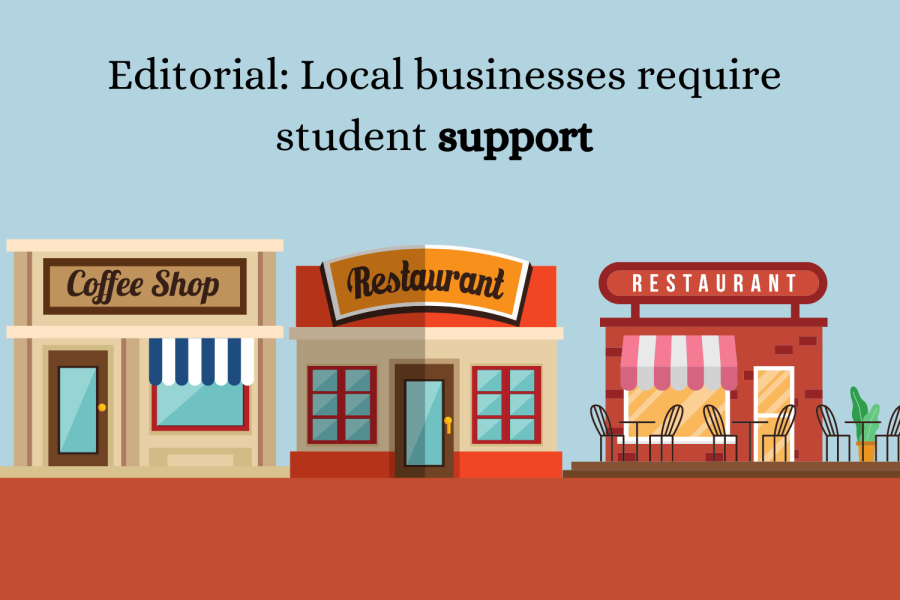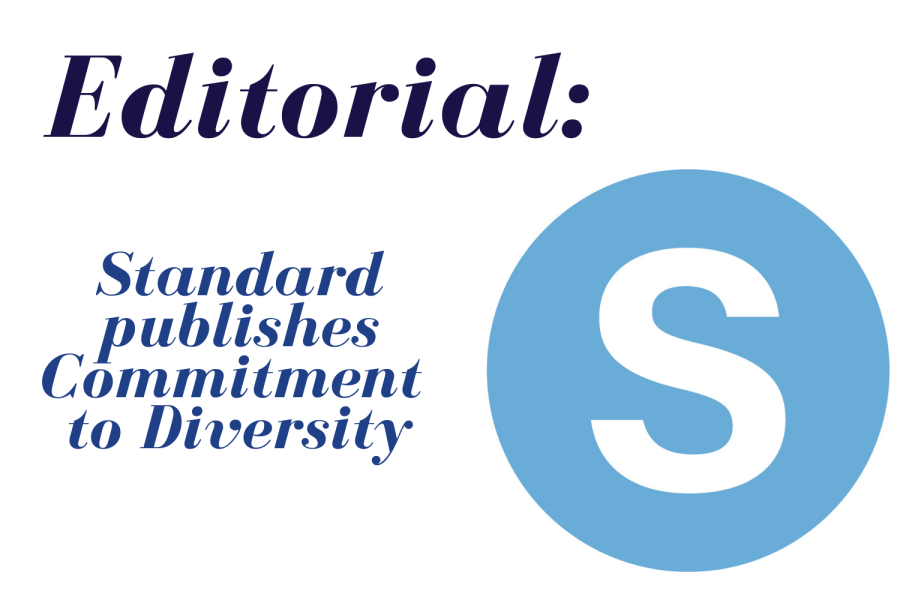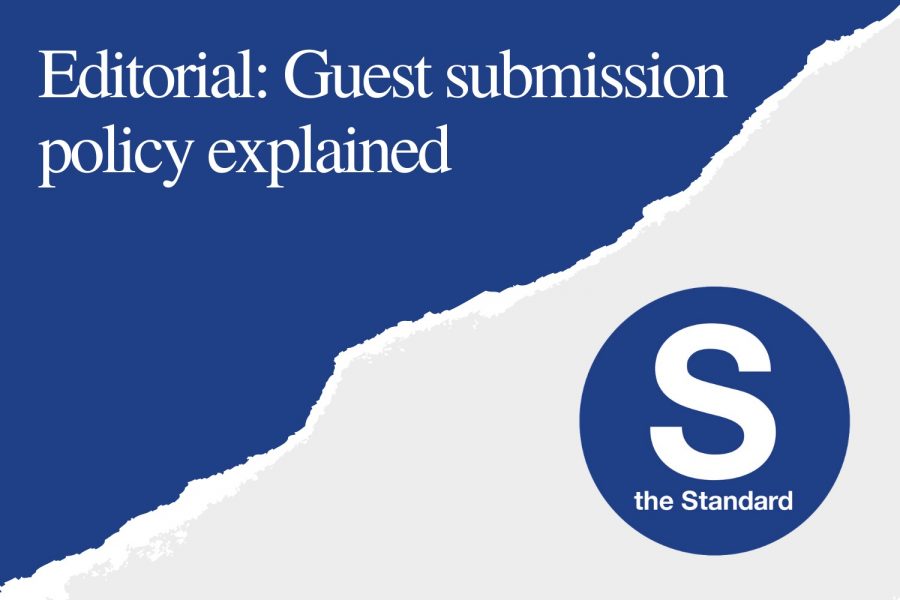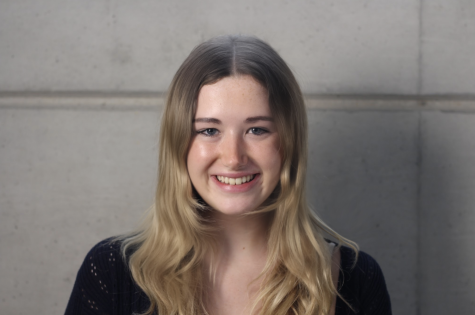As Wordsworth described England in his poem “October, 1803,” “These times strike monied wordlings with dismay.” While we are not in conflict with France, winter in London is notoriously somber.
Days are short, leaving many students unmotivated and exhausted. We sit through eight hours of school before trudging home to complete additional homework, often after engaging in extracurricular activities. Burnout is commonplace at the school, and both administration and students alike must recognize its presence and subsequently take steps to reduce it.
A lack of sunlight is linked with increased feelings of sadness and less motivation, according to the National Health Service. In this season, faculty must recognize that these feelings may be widespread among students and limit their capacity to handle the typical workload.
With nearly 87% of students experiencing burnout – according to an online survey conducted by The Standard Jan. 18-23 – this reality is especially imperative to confront. Although the majority of students experience burnout, it is a taboo topic of discussion.
Student impact
According to the World Health Organization, burnout is described as “chronic workplace stress” that an individual finds difficult to manage. The WHO further defines burnout as persistent exhaustion and decreased productivity.
Burnout among students has been normalized in the mentality of persisting through intense stress. Students treat stress as a token of achievement, an emblem of pushing themselves to the brink. The school fosters a competitive environment where success is expected, often pushing students beyond their limits.
There is a notion driven by the school community, albeit unintentional, that students must follow a certain pathway in order to achieve success in their academic and future careers. We are told we must take the most rigorous classes and demanding extracurriculars, which often leads to a lack of emphasis on well-being.
There is a notion driven by the school community, albeit unintentional, that students must follow a certain pathway in order to achieve success in their academic and future careers.
The school environment should both challenge and support students. While succeeding at the former, there must be more individualized support and a focus on mental health.
While student burnout often influences grades and overall class performance, it also has a wider impact on the student body. When burnout develops, students may lose sleep and decrease participation in clubs, sports and other extracurricular activities.
A drop in participation naturally spurs student groups to plateau during this time. Forty-one percent of students partake in after-school activities most days, while 29% partake in activities every day. Thus, the impact of burnout can be remarkably far-reaching.
Moreover, the second semester is an infamously difficult and slow period during the school year for many. In particular, for many students in Grades 11 and 12, college is on the horizon, Advanced Placements exams loom and the workload can feel endless.
Taking action
The administration must take action to combat burnout among students. Likewise, students have a responsibility to acknowledge the presence of burnout in the student body and assist their peers.
Leading up to the winter break, there were organized activities among grade levels such as constructing gingerbread houses and hot chocolate breaks.
Although the holidays have ended, it seems even more crucial now to maintain a sense of optimism as the weather remains cold and dark and stress continues to mount. Thus, the administration should consider planning similar activities for students throughout the second semester.
It seems even more crucial now to maintain a sense of optimism as the weather remains cold and dark and stress continues to mount.
It would be extremely beneficial to host mental health workshops, where students are able to learn coping mechanisms and talk through challenges with their peers in a productive setting.
Students, on the other hand, ought to take advantage of available resources when experiencing burnout. School counselors provide a source of support, and with an added counselor this year, each counselor has increased availability. Even so, it is not common practice to speak with them.
We must cultivate an environment where students can be understanding and have compassion for others who struggle throughout the winter months. Communication is an essential value we should uphold during these months to learn about others’ experiences and discuss how to overcome these challenges.
While many members of our Editorial Board take a large number of advanced classes, students should engage in activities about which they genuinely find themselves passionate. Instead of overloading on advanced classes simply for the sake of difficulty, we should consider the benefits we reap from enrolling in classes that both stimulate us intellectually and are enjoyable.
Ultimately, while burnout is undoubtedly prevalent in our community, it is beatable. With a strong support system among the student body and from the administration, students can reach their full potential and simultaneously avoid lower levels of motivation.









